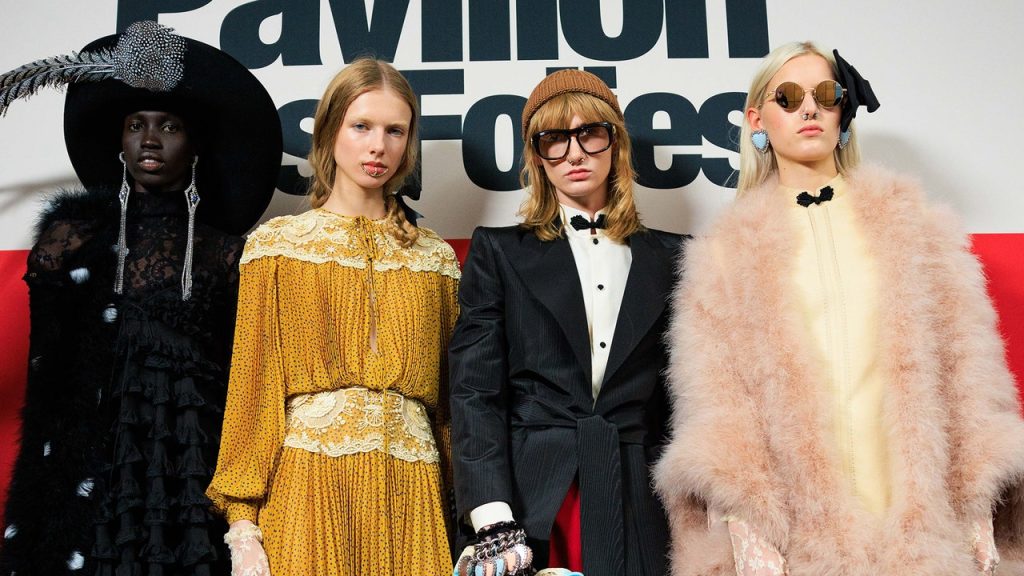The concept of aesthetic danger in fashion revolves around freedom, reimagination, and innovation in clothing design, without being limited by market constraints. While fashion allows for creativity, it differs from art in that designers must consider the physical limits of the body rather than boundaries of perception. Additionally, art can be more politically charged, while fashion is closely tied to pleasing consumer entertainment. The current fashion landscape is dominated by large conglomerates, making it difficult for smaller brands to take risks and succeed. The rising prices in fashion are also a concern, raising questions about the accessibility and democratic nature of high fashion.
Recent shakeups in the fashion industry, such as Hedi’s departure from Celine and changes at Missoni, reflect the ongoing turmoil within the fashion world. Despite this, designers have shown resilience and defiance, bringing a sense of invigoration and joy to the industry. Brands like Marni, Bally, Bottega Veneta, Valentino, and Loewe have stood out for their ability to persevere and push boundaries. Younger designers like Sunnei, Rokh, Nicolò Pasqualetti, and Duran Lantink have also been praised for their fearless embrace of aesthetic danger, despite the challenging environment they operate in.
One example of a designer showcasing resilience and innovation is Belgian designer Julie Kegels, who is described as smart, thoughtful, and witty in both her work and personal demeanor. By pushing the boundaries of conventional fashion, designers like Kegels are able to bring new perspectives and creativity to the industry. This ability to challenge norms and take risks is essential for keeping fashion dynamic and evolving in the face of market pressures and industry changes.
The association of joy with fashion can be seen as contradictory given the hefty price tags attached to designer clothing. The question of how a designer can embed a message of joy in a garment that costs as much as a teacher’s monthly salary raises concerns about the accessibility and inclusivity of high fashion. The affordability and democratization of fashion remain key issues as the industry continues to evolve and adapt to changing consumer demands and market dynamics.
Overall, the concept of aesthetic danger in fashion underscores the importance of pushing boundaries, taking risks, and embracing creativity in clothing design. Despite challenges posed by large conglomerates and rising prices, designers can find inspiration in resilience and defiance, as showcased by brands that continue to innovate and persevere. The ability to infuse joy and innovation into fashion while remaining conscious of market constraints and consumer accessibility is crucial for sustaining a dynamic and inclusive fashion industry.















